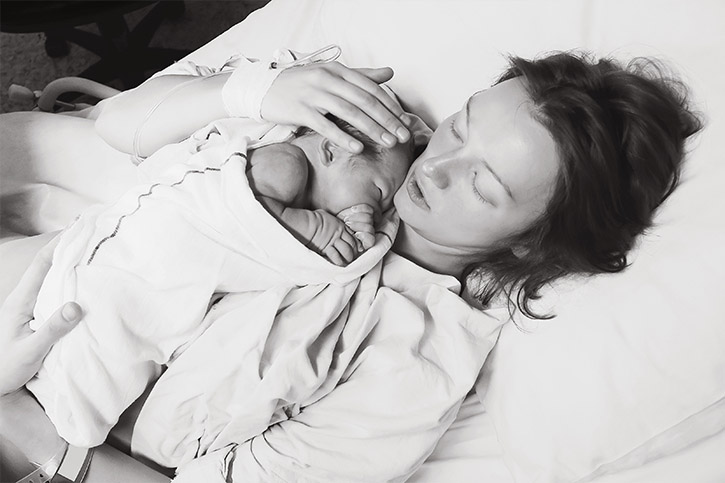Every woman’s birth is different, and there are many factors that will affect how you experience pain and choose to cope with it.
Remember, your choice of pain relief in labour is a personal one, and has no moral dimension. You are not a better or a worse person depending on whether you use pain relief in labour or not. You are not a better or worse person depending on what pain relief you might choose. Nobody is entitled to judge you for your pain relief choices in labour.
Every birth is different, and your choice of managing pain is a personal one. Let’s take a look at the options for pain relief in labour.
During your pregnancy, your obstetrician will advise on the options available for pain relief. What you choose will depend on your personal preferences and your birth plan, but remember, circumstances may change, so keep an open mind on how it will play out.
So that you can discuss options openly and thoroughly with your obstetrician, let’s take a look at different types of pain relief available, and have a think about what you might find most suitable, comfortable, and effective.
Self Help and Natural Methods
Relaxation techniques – During labour, your body floods the bloodstream with natural hormones that work to keep you relaxed and help everything progress smoothly. These include oxytocin and endorphins.
There are a number of natural ways that you can help your body relax too. And these all come down to personal preference and knowledge of what works best for you. Meditation, breathing techniques, or listening to calming music may be effective ways to reduce apprehension and tension and to relax your mind. This can have profound benefits on the rest of your body.
Keeping active – Moving around, changing your position, stretching, kneeling, squatting, and rocking your pelvis can help manage pain during labour and help your baby along.
Sitting – Sitting on a beanbag, exercise ball or chair with pillows can help reduce pressure on your back, pelvis and abdomen.
Massage – Massage is a great way to release tension, take your mind of things, and to reduce pain. This is where your partner comes in. Read books and practice different techniques during your pregnancy, listen to your body, and find out what works best for you.
Hot/cold packs and water – Having a warm bath or shower (hydrotherapy) can be very effective for reducing pain, increasing relaxation, reducing pressure on the pelvis, and encouraging the release of endorphins. Heat packs and hot water bottles are also effective at reducing tension in the lower back or neck. Cold packs can be useful.
TENS – A TENS (transcutaneous electrical nerve stimulation) machine is a small device which is worn on the body. It sends out small electrical pulses that stimulate the release of endorphins, which can help reduce pain and tension.
Medical Pain Relief Methods
Epidural – An epidural block is a way of administering local anaesthetics (and other drugs), for managing pain in labour. It is administered via an injection or by continuous infusion and offers complete pain relief by numbing the nerves that carry pain signals from the birth canal to the brain.
The injection is given in a small space in the lower back near the spinal cord. It can help you relax and recover after a long labour. As an epidural can only be administered by an anaesthetist, you can only have an epidural in hospital, not at home. Be sure to discuss with your obstetrician whether an anaesthetist will be available.
Nitrous oxide gas – This is a mixture of nitrous oxide gas and oxygen, which most people just refer to as ‘laughing gas’. During labour it can be breathed through a mouthpiece or mask to offer mild pain relief. It has no side effects for your baby, but may make you feel light-headed, nauseous or sleepy. The strength of the mixture can be altered during your labour to suit your needs.
Pethidine – Pethidine is a strong painkiller, similar to morphine. It can be injected, or administered intravenously to help relieve pain. This can cause nausea or giddiness, or disorientation. And because it crosses the placenta, your baby may experience respiratory depression and other side effects at birth.
With so many options available, it is very important you discuss with your obstetrician, partner, friends and family how you would like to approach pain relief. If you have any questions about pain relief during your pregnancy, please don’t hesitate to get in touch.
Dr Bevan Brown is one of the most trusted gynaecologist and obstetricians in Sydney. Personalised care and strong relationships with our patients is of utmost importance!

